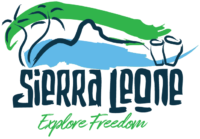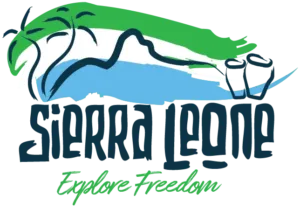Country Highlight
The Land
Provinces
The Northern Province
The Northwest Province
The Northwest Province extends to the border with Guinea. The largest city is Port Loko, and the main activities are farming, fishing and mining.
The Southern Province
The Southern Province has stunning beaches, historical landmarks, and great opportunities for wildlife-watching in Tiwai Island. The lively city of Bo, the second largest city in the country, is its capital.
The Western Province
The Western Area includes the capital Freetown, and it is the economic and political center of Sierra Leone.
The Eastern Province
The Eastern Province is home to the Gola Rainforest and Loma Mountains, and it’s the center of the diamond mining industry in the country. The provincial capital is Kenema, worth visiting for its colorful markets.
The Northern Province
The Northwest Province
The Northwest Province extends to the border with Guinea. The largest city is Port Loko, and the main activities are farming, fishing and mining.
The Southern Province
The Southern Province has stunning beaches, historical landmarks, and great opportunities for wildlife-watching in Tiwai Island. The lively city of Bo, the second largest city in the country, is its capital.
The Western Province
The Western Area includes the capital Freetown, and it is the economic and political center of Sierra Leone.
The Eastern Province
The Eastern Province is home to the Gola Rainforest and Loma Mountains, and it’s the center of the diamond mining industry in the country. The provincial capital is Kenema, worth visiting for its colorful markets.
Climate
Rivers & Mountains
Rainforests
People
Languages
Religion
Food & Festivals
Rainforests
People
Languages
Religion
Sierra Leone is a secular country, with no official religion. However, most inhabitants follow a faith, with Islam and Christianity as the two most commonly practiced.
Approximately 78% of the population is Muslim (mostly Sunni), while around 20% is Christian, (mainly Protestant), with the remaining percentage practising traditional African beliefs or other faiths. Islam is most prevalent in the northern and eastern regions of the country, while Christianity is more common in the western and southern regions.
Despite religious differences, Sierra Leoneans generally coexist peacefully, and religious tolerance is a core value in Sierra Leonean society. Interfaith marriages are common, and religious celebrations and festivals are often observed by people of different faiths. Both Christian and Muslim festivities are official holidays in the country.
Traditional beliefs and customs also play a significant role in Sierra Leonean culture, particularly in rural areas, where rituals and ceremonies are an integral part of community life.


